Rising Demand for Energy Efficiency
The Evaporative Cooling Market is experiencing a notable surge in demand for energy-efficient cooling solutions. As energy costs continue to rise, consumers and businesses alike are increasingly seeking alternatives that reduce energy consumption. Evaporative cooling systems, which utilize water evaporation to cool air, are recognized for their lower energy requirements compared to traditional air conditioning systems. Reports indicate that evaporative coolers can consume up to 75% less energy, making them an attractive option for both residential and commercial applications. This growing awareness of energy efficiency is likely to drive the adoption of evaporative cooling technologies, as stakeholders prioritize sustainable practices and cost savings in their cooling solutions.
Environmental Regulations and Standards
The Evaporative Cooling Market is significantly influenced by stringent environmental regulations and standards aimed at reducing greenhouse gas emissions. Governments across various regions are implementing policies that encourage the use of eco-friendly cooling technologies. Evaporative cooling systems, which have a lower carbon footprint compared to conventional air conditioning units, align well with these regulatory frameworks. The market is witnessing a shift as industries and consumers seek compliant solutions that not only meet legal requirements but also contribute to sustainability goals. This regulatory push is expected to enhance the market penetration of evaporative cooling technologies, as stakeholders adapt to evolving environmental standards.
Technological Innovations in Cooling Systems
Technological innovations are reshaping the Evaporative Cooling Market, leading to enhanced performance and efficiency of cooling systems. Recent advancements in materials and design have resulted in more effective evaporative coolers that can operate efficiently in diverse climatic conditions. Innovations such as smart controls and IoT integration are enabling users to optimize cooling performance and energy consumption. The introduction of advanced filtration systems also improves air quality, making evaporative coolers more appealing to health-conscious consumers. As these technologies continue to evolve, they are likely to attract a broader customer base, further driving the growth of the evaporative cooling market.
Increasing Urbanization and Population Growth
Urbanization and population growth are pivotal factors influencing the Evaporative Cooling Market. As urban areas expand, the demand for effective cooling solutions in densely populated regions intensifies. The increasing number of residential and commercial buildings necessitates efficient cooling systems that can cater to larger populations. Data suggests that urban areas are projected to house over 68% of the world population by 2050, leading to heightened demand for cooling technologies. Evaporative cooling systems, with their ability to provide effective cooling in arid climates, are well-positioned to meet this demand. Consequently, the growth of urban centers is likely to propel the adoption of evaporative cooling solutions.
Cost-Effectiveness of Evaporative Cooling Solutions
The cost-effectiveness of evaporative cooling solutions is a significant driver for the Evaporative Cooling Market. Compared to traditional air conditioning systems, evaporative coolers typically have lower initial installation costs and reduced operational expenses. This affordability makes them an attractive option for both residential and commercial users, particularly in regions with hot and dry climates. Market analysis indicates that the total cost of ownership for evaporative cooling systems is often lower over time, as they require less energy and maintenance. This economic advantage is likely to encourage more consumers and businesses to consider evaporative cooling as a viable alternative, thereby boosting market growth.


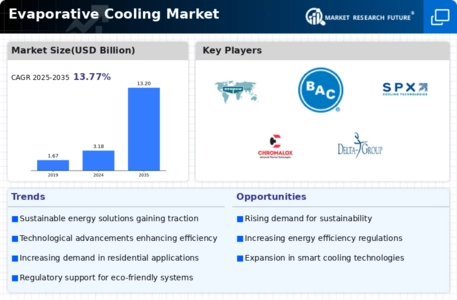

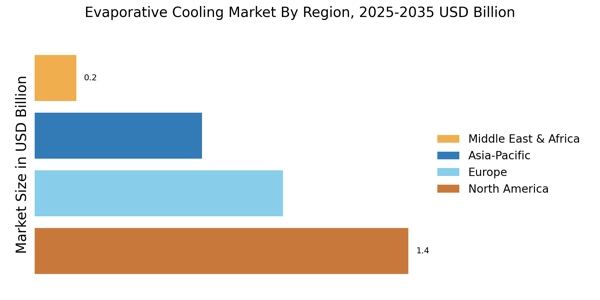
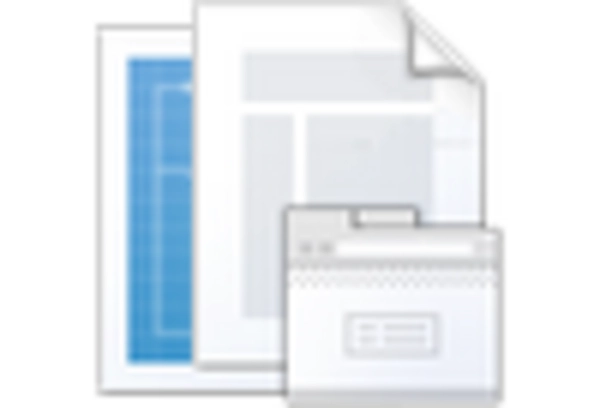
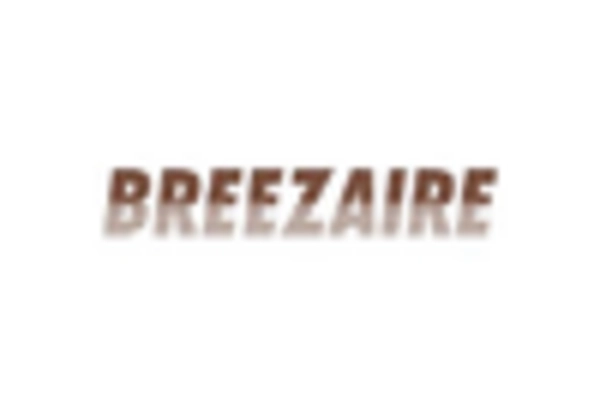
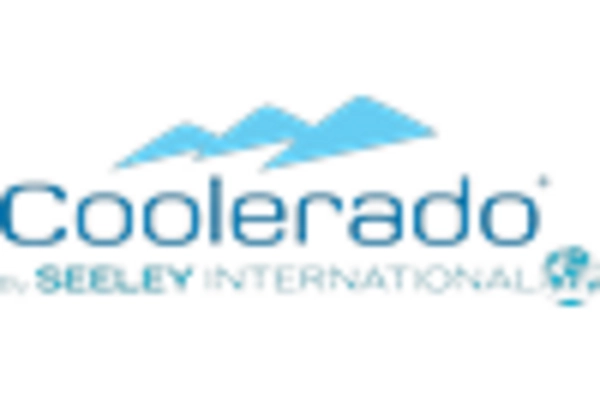

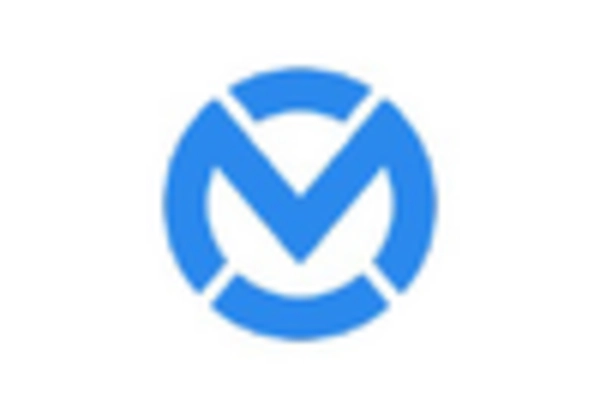
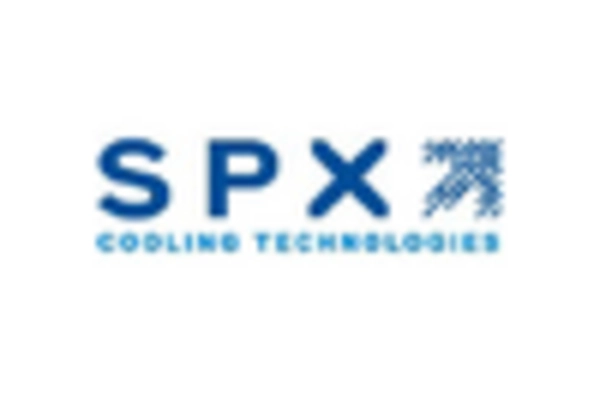








Leave a Comment